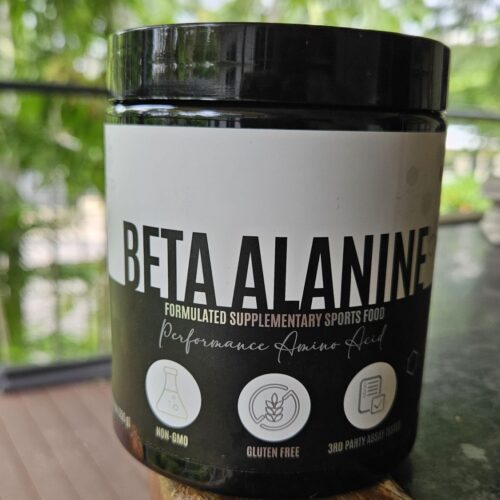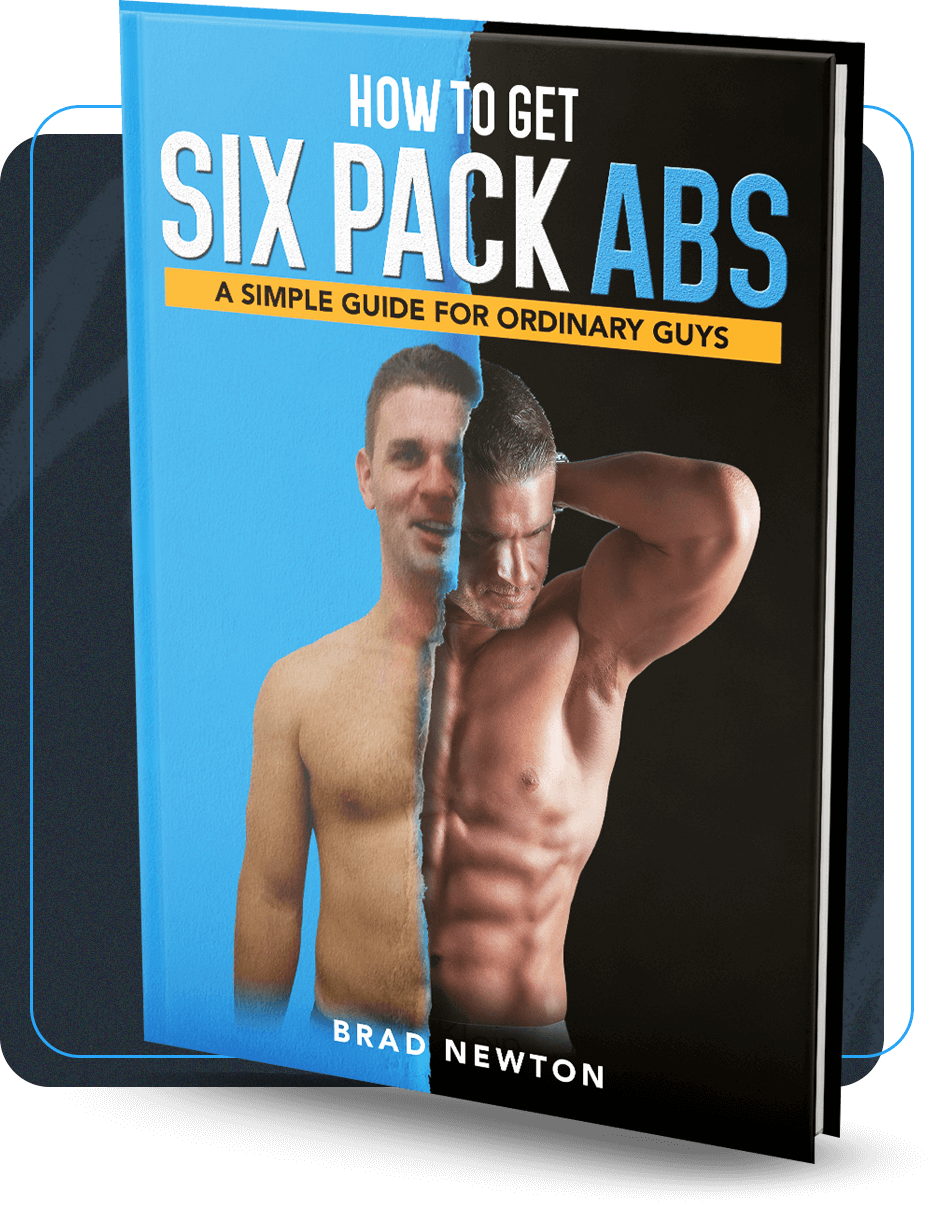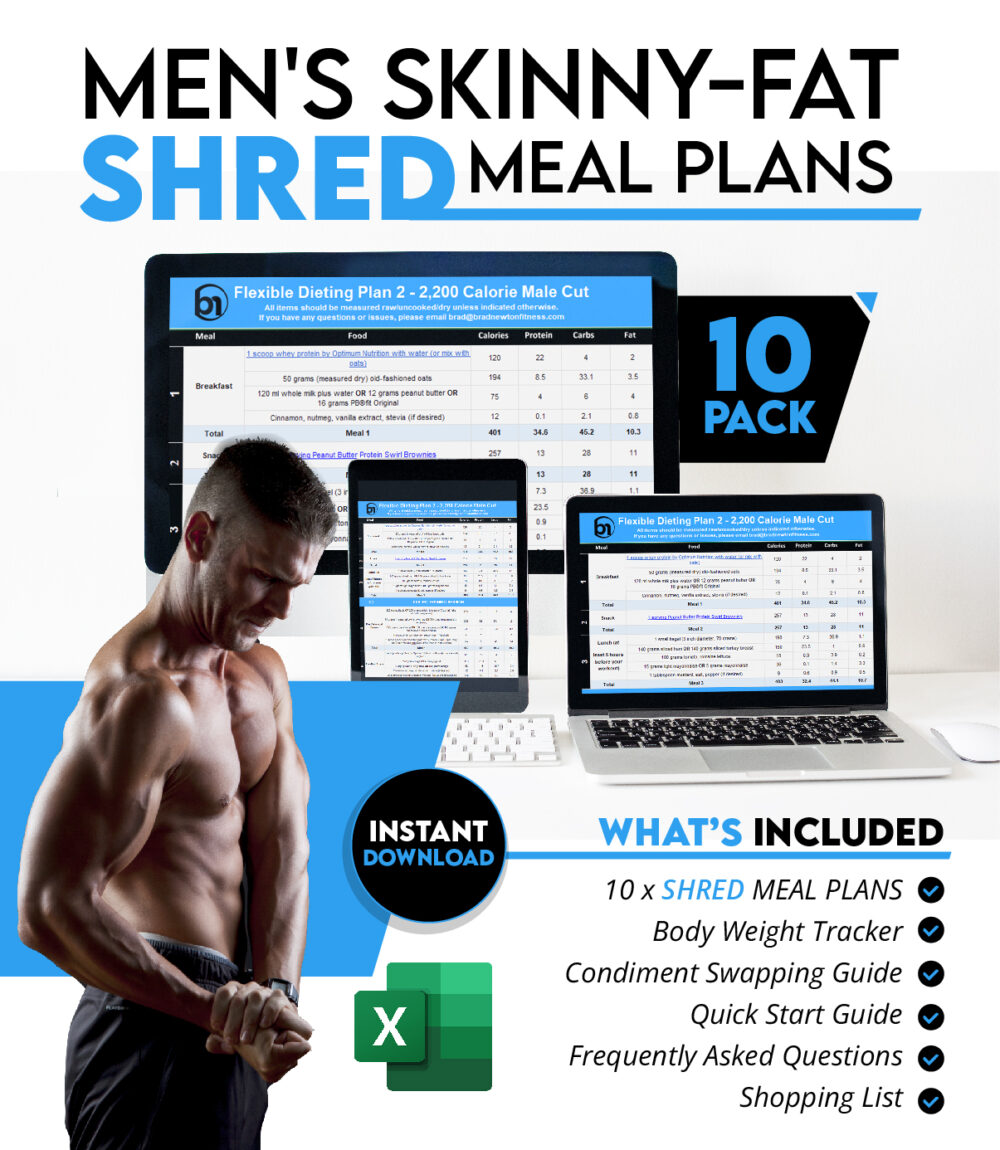I used to think that eating below my BMR was dangerous.
Back when I was skinny-fat—carrying stubborn belly fat despite being relatively light—I believed all the classic internet myths. “Never eat below your BMR or you’ll go into starvation mode.” “Your metabolism will crash.” “You’ll stop losing fat and start burning muscle.”
Honestly, I was terrified to drop calories too low… and it held me back for years.
But once I began digging into the science—and testing smarter strategies on myself—I realised that the BMR fear-mongering is mostly nonsense. In fact, eating below your BMR can be perfectly safe and even necessary if you’re carrying excess body fat.
In this article, I’ll break down:
- What actually happens when you eat below BMR
- How I used it to go from skinny-fat to lean and athletic
- And how you can do the same—without destroying your metabolism
💥 Tired of spinning your wheels? My Ultimate Body Transformation program is for skinny-fat guys ready to finally get lean, strong, and confident.
👉 Apply now → Ultimate Body Transformation
Let’s start by clearing up what your BMR really is—and why it’s not the hard limit you’ve been told it is.
What Is Your BMR (and Why It’s Not a Magic Number)
Your BMR represents the calories your body needs to maintain basic life-supporting functions at rest—breathing, pumping blood, hormone production, and so on. Think of it as the energy needed just to keep the lights on.
But here’s where people go wrong…
Your body doesn’t rely solely on food for energy. If you’re in a calorie deficit, it taps into stored energy—mainly body fat—to make up the difference. That’s literally how fat loss works.
Take me (Brad), for example. At one point, my BMR was around 1,600 kcal/day. When you factor in my training, walking, digestion, fidgeting—aka Total Daily Energy Expenditure (TDEE)—I’d easily hit 2,400 kcal/day. Now let’s say I decided to drop calories to 1,400/day to accelerate fat loss. That puts me below my BMR.
So, did I wreck my metabolism? Did I fall into the mythical “starvation mode”?
Absolutely not.
What Really Happens When You Eat Below Your BMR
Here’s the reality: if you have fat to lose, your body wants to use it as fuel. That’s what it’s there for. Going below your BMR simply increases the reliance on fat stores to meet your energy needs. This process is called lipolysis—the breakdown of fat for energy—and it’s well-supported in the research.
A study published in The American Journal of Clinical Nutrition had overweight participants consume just 800 kcal/day (well below BMR), with sufficient protein and resistance training. Result? On average, they lost over 14 kg of fat, maintained lean muscle, and—get this—their resting metabolic rate (RMR) actually increased slightly due to body composition improvements and weight training stimulus.
That’s a direct contradiction to the “eating below BMR ruins metabolism” myth.
But What About “Starvation Mode”?
There is no scientific evidence that eating below your BMR causes irreversible metabolic damage. What people refer to as “starvation mode” is more accurately called metabolic adaptation—a temporary downshift in calorie burn as your body adjusts to lower intake.
This adaptation is typically modest—around 5–15%—and reverses once calories are brought back up.
So yes, your metabolism does slow slightly during dieting—but that happens whether you’re eating above or below BMR. It’s part of the natural energy conservation response—not some permanent dysfunction.
Why TDEE Matters More Than BMR for Fat Loss
Here’s what most people don’t realise:
Your BMR is just one piece of the puzzle. Your TDEE—Total Daily Energy Expenditure—is the full picture. That includes all activity: walking, training, even digesting food.
Fat loss occurs when you consume fewer calories than your TDEE—not necessarily your BMR.
So while eating below BMR might sound scary, what really matters is how far below your TDEE you go, and how well you support your body with training, protein, and recovery.
⚙️ Confused by all the numbers? Let me calculate it for you. Use my free macronutrient calculator to get personalised calorie & macro targets👉 My Free Macronutrient Calculator
When Going Too Low Can Backfire
If you cut calories too hard—especially below 75% of your TDEE—you risk more than just hunger pangs. You increase the likelihood of:
- Muscle loss
- Fatigue and irritability
- Hormonal fluctuations (testosterone, leptin, thyroid)
- Impaired performance and libido
- Poor recovery and mood disturbances
As a rule of thumb, a 20–25% calorie deficit is the sweet spot for sustainable fat loss while preserving lean mass. For example, if your TDEE is 2,400 kcal, a daily intake of 1,800–1,920 kcal is usually safe and effective.
That’s exactly the approach I take in my own fat loss phases.
Can You Eat Below BMR Safely?
Absolutely—under the right conditions. Here’s what needs to be in place:
✅ You’ve got body fat to lose (i.e., you’re not dangerously lean)
✅ You’re resistance training consistently
✅ You’re eating plenty of protein (2–2.5g per kg of bodyweight is ideal). I’m 90 kilograms which equates to around 180-200 grams of protein per day.
✅ Your diet is nutrient-dense (not just low in calories)
This is how I approach fat loss with my clients, especially those in the skinny-fat category. And it works.
A 12-week study in overweight adults consuming 800 kcal/day showed that muscle was preserved when protein and resistance training were prioritised. These participants improved their body composition and RMR.
What If You’re Lean Already?
Here’s where caution comes in.
If you’re already relatively lean—say, under 12% body fat as a male—going too low with calories increases your risk of losing muscle and tanking hormones. I’ve been there myself during a photoshoot prep phase and can tell you firsthand: aggressive cuts when you’re already lean feel brutal and come with side effects.
At that stage, strategic refeeds, diet breaks, and prioritising training intensity become even more critical.
What If You’re Overweight or Obese?
If you’ve got a lot of body fat to lose (men over 25%, women over 35%), you can generally handle more aggressive deficits—even below BMR—without losing muscle or harming your metabolism.
A review published in Obesity Reviews confirms that individuals with higher body fat levels can follow very low-calorie diets (VLCDs) safely, provided protein is high and strength training is maintained.
That said, this is still best done with structure, supervision, and a clear exit strategy.
Final Thoughts: Should You Eat Below Your BMR?
If done correctly, eating below your BMR can be a safe and effective strategy for fat loss—especially if you’ve got excess body fat, are lifting weights, and your protein is on point.
What’s not safe? Eating low calories with no plan. Skipping protein. Not training. That’s when muscle loss, fatigue, and metabolic adaptation rear their heads.
Bottom line: the “never eat below your BMR” advice is oversimplified. What really matters is how far below your TDEE you go—and how well you support your body through the process.
🔥 Skinny Fat? Let’s Change That—For Good.
Tired of spinning your wheels with random workouts and confusing diets? My proven coaching system was built specifically for skinny-fat guys who want to build lean muscle, drop stubborn fat, and finally look like they lift.
✅ Step-by-step hypertrophy training (no guesswork)
✅ High-protein meal structure—no boring diets, no starvation
✅ 100% online with real support from me every step of the way






















